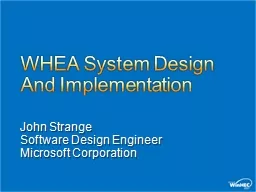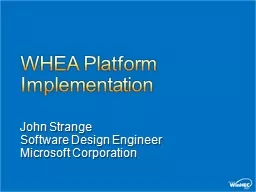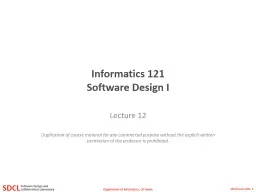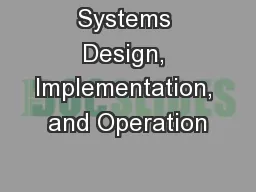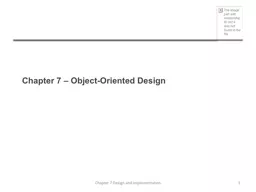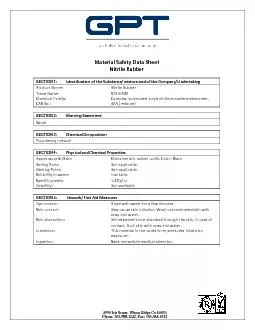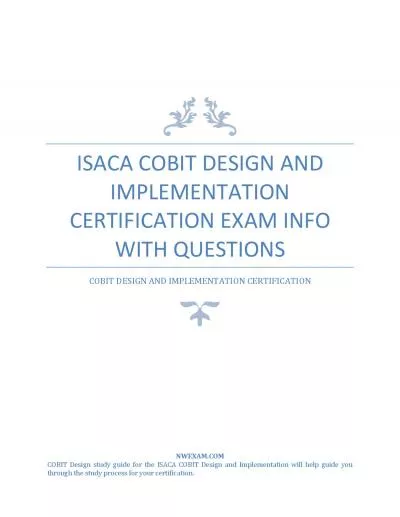PPT-WHEA System Design And Implementation
Author : min-jolicoeur | Published Date : 2016-04-07
John Strange Software Design Engineer Microsoft Corporation Key Takeaways Understand what it takes to implement a WHEAenabled platform Improve server reliability
Presentation Embed Code
Download Presentation
Download Presentation The PPT/PDF document "WHEA System Design And Implementation" is the property of its rightful owner. Permission is granted to download and print the materials on this website for personal, non-commercial use only, and to display it on your personal computer provided you do not modify the materials and that you retain all copyright notices contained in the materials. By downloading content from our website, you accept the terms of this agreement.
WHEA System Design And Implementation: Transcript
Download Rules Of Document
"WHEA System Design And Implementation"The content belongs to its owner. You may download and print it for personal use, without modification, and keep all copyright notices. By downloading, you agree to these terms.
Related Documents

